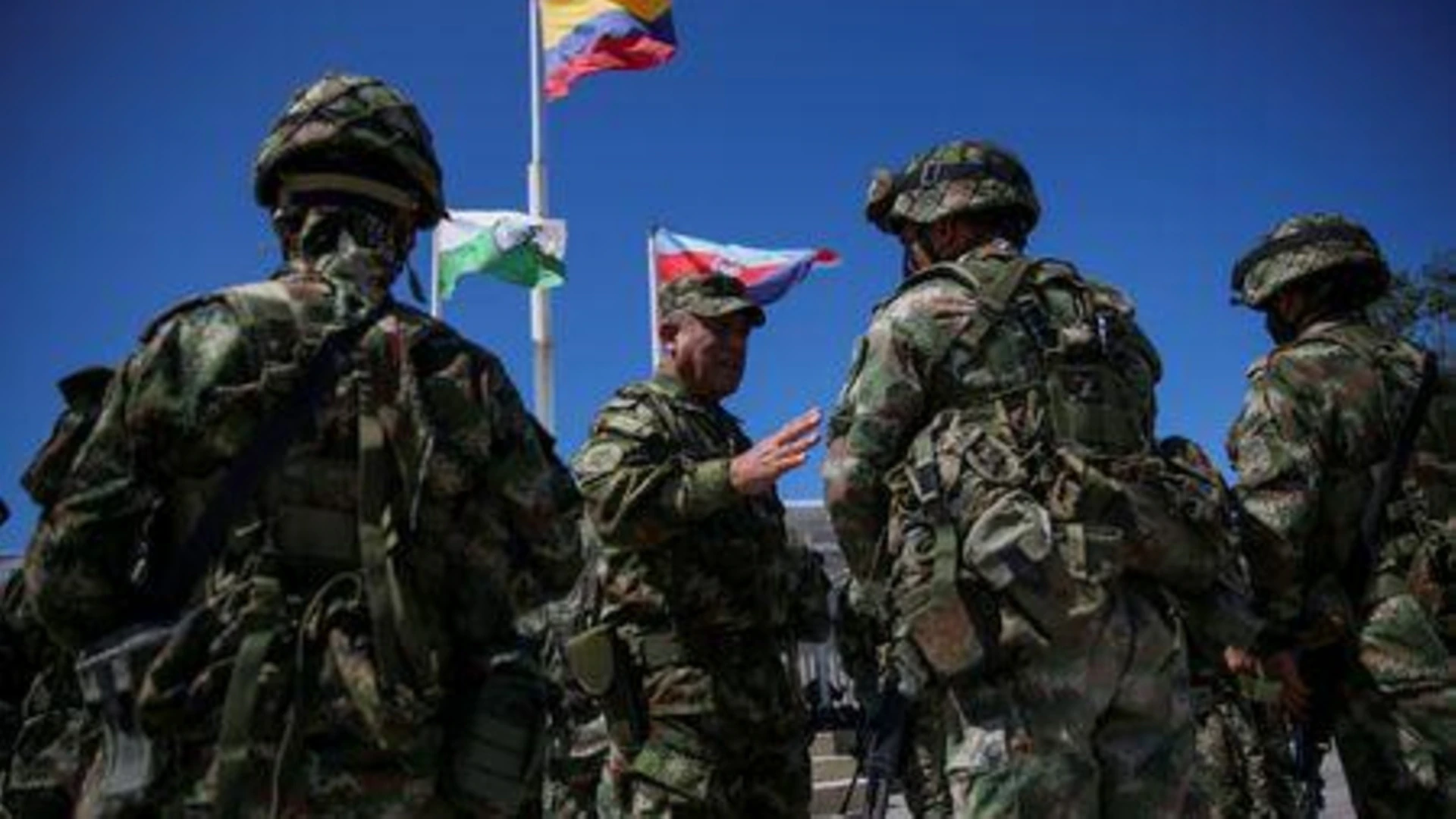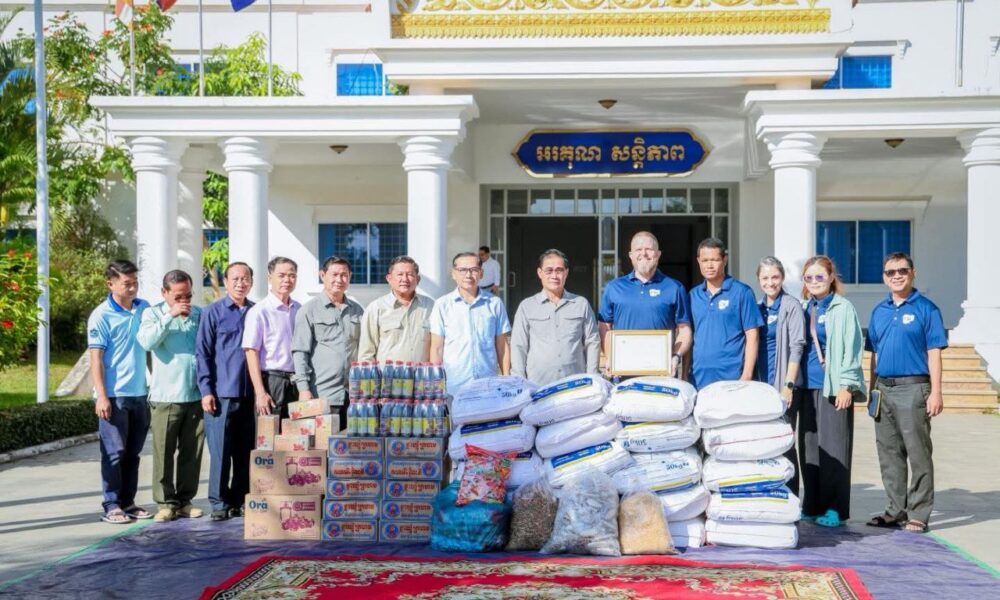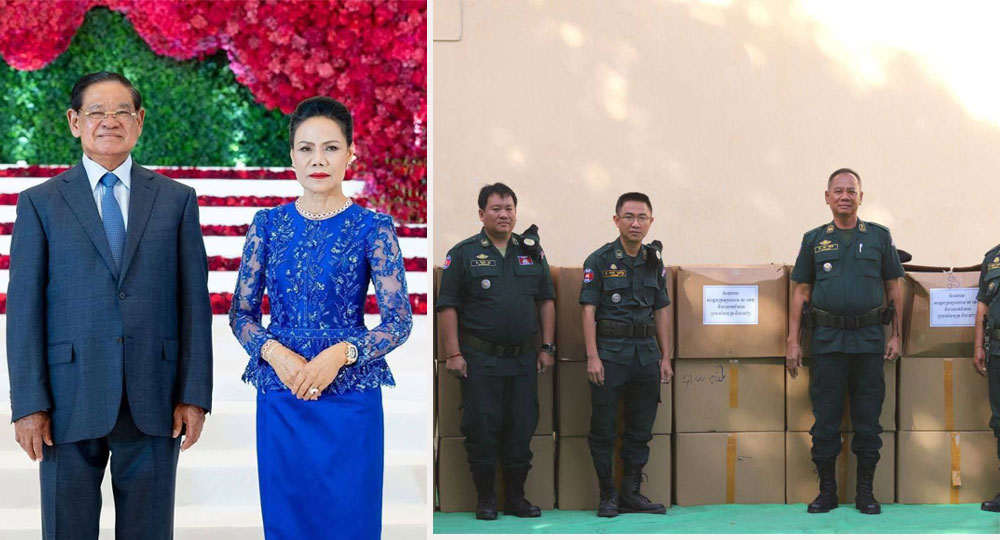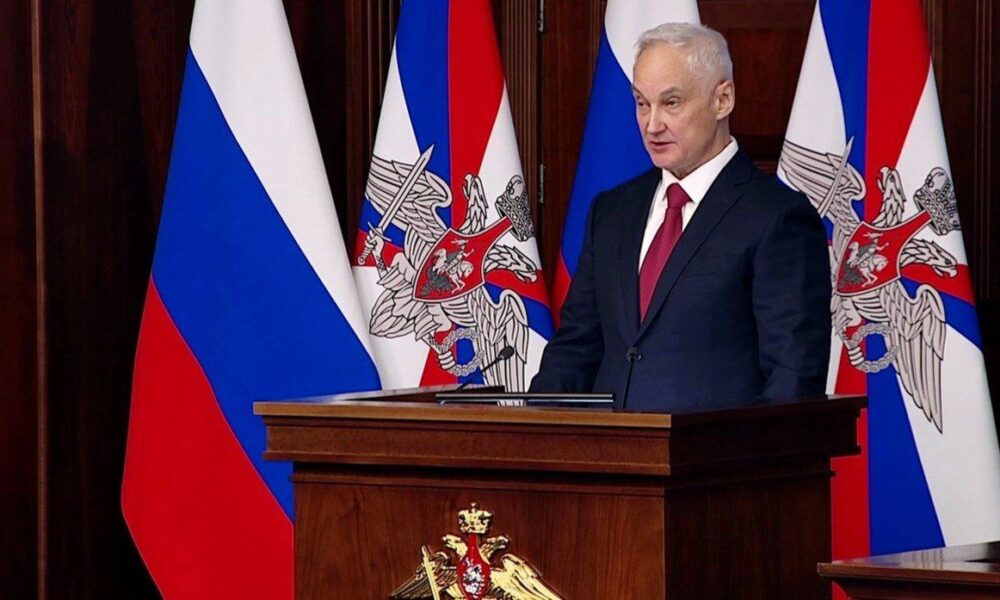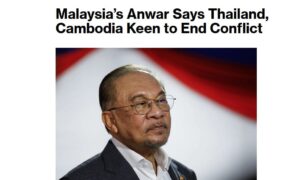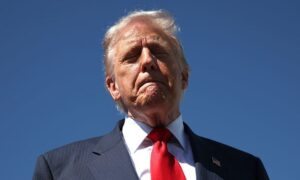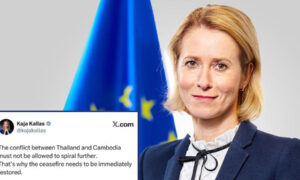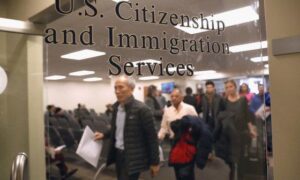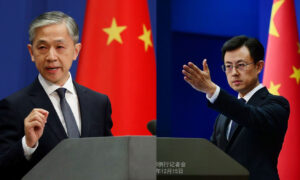By Diego LEGRAND and Hector VELASCO
A wide-brimmed hat, leather bandolier, rifle in hand: Colombian drug lord Pablo Escobar used to dress up as a Mexican revolutionary hero for amusement.
But during his heyday as the world’s most wanted drug baron, he could not have imagined that Mexicans — then mainly smugglers for the Colombians — would end up running the empire he had constructed with so much bloodshed.
From being a mere stop on the smuggling route to the United States in the 1980s and 1990s, Mexican cartels have largely taken over the business, financing drug manufacturing in Colombia and controlling shipments to the United States via Central America.
“Power has shifted from the Colombians to the Mexicans, because those who control the most profitable parts of the business have changed,” Kyle Johnson, an expert at the Conflict Responses Foundation in Bogota, told AFP.
For more than a decade in the 1980s, Escobar and his feared Medellin cartel dominated global cocaine trafficking with his rivals of the Cali cartel, which in turn controlled the trade after the drug lord was shot dead by police in 1993.
Forty years of America’s “war on drugs” later, Colombia remains the world’s biggest cocaine producer, and the United States its biggest consumer.
A kilogram (2.2 pounds) of cocaine, which sells for just under $1,000 in Colombia, fetches as much as $28,000 in the United States and about $40,000 in Europe, according to the specialized site InSight Crime.
But the fall of the kingpins — first Escobar, then the Cali cartel’s Rodriguez Orejuela brothers — had an unintended consequence.
Colombian drug traffickers “atomized” into smaller groups that are more difficult to trace and eradicate.
– ‘The Invisibles’ –
It also left a void for Mexican cartels to fill.
In the 1990s, “there was a sort of division of labor: the Colombians produced and packed the coca, moved it to the Pacific or Caribbean coast or the ports (while) the transfer to Mexico… or the United States was done by Mexicans,” retired police general and former vice president Oscar Naranjo told AFP.
Today, the Mexicans control several aspects of the business, shipping cocaine directly from Colombia to the United States in speed boats or semi-submersibles.
With the US market largely in Mexican hands, Colombian groups have increasingly set their sights on Europe.
In the last three years, drugs from the South American country have been arriving by cargo ship “in very large quantities” in Spain, Belgium or the Netherlands, said Esteban Melo, coordinator of the UN Office on Drugs and Crime in Colombia.
The Mexican traffickers are known in Colombia as “The Invisibles,” said Melo.
For “financing… they do not need to be visible, they do not need a whole armed body behind them because they are not involved in the territorial disputes for the trafficking business,” he explained.
There are about 40 Mexicans in Colombian jails today, mainly on drug trafficking charges, according to Colombia’s human rights ombudsman.
Many are presumed emissaries of Mexico’s powerful Sinaloa and Jalisco New Generation cartels, most of them arrested in areas from where cocaine is shipped via the Pacific, the Caribbean and from the border with Venezuela.
– ‘More powerful’ –
“Mexican cartels today control everything from (cultivation of) the coca leaf to the sale of cocaine on a New York street corner,” then-senator, now-President Gustavo Petro said in August 2019.
These groups, he said, are “more powerful” than those led by Escobar or the Rodriguez Orejuela brothers.
Experts believe Mexican organizations may even be financing Colombian armed groups — at a deadly price — to capture drug routes formerly controlled by FARC guerrillas who disarmed under a peace deal in 2017.
The new government under Petro, Colombia’s first-ever leftist president, has an ambitious plan to extinguish the continent’s last internal armed conflict.
Petro is taking a carrot rather than stick approach, offering benefits to organizations that renounce violence and “peacefully” dismantle the drug business — including non-extradition to the United States.
Though weakened, Colombia’s drug groups still exact a heavy toll on a country that has seen six decades of internal conflict.
Last year, the Gulf Clan cartel — Colombia’s biggest — launched a violent retaliation for the extradition of its leader Dairo Antonio Usuga, known as “Otoniel,” to the United States on trafficking charges.
Three civilians, three soldiers and two police officers were killed.
If the Colombian drug networks accept the offer to lay down arms, “Mexican cartels… will face their biggest challenge to cocaine production and supply since the United States launched the global war on drugs in 1971,” the Colombian Association of Retired Armed Forces Officers has predicted.
© Agence France-Presse


